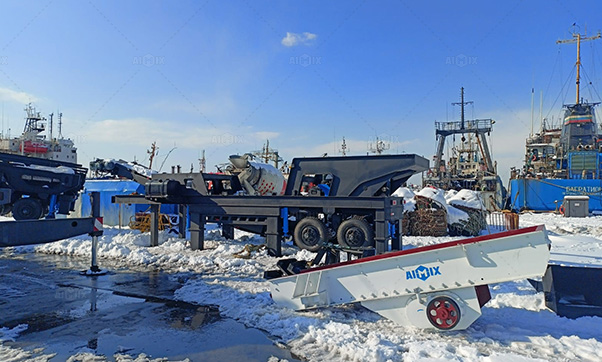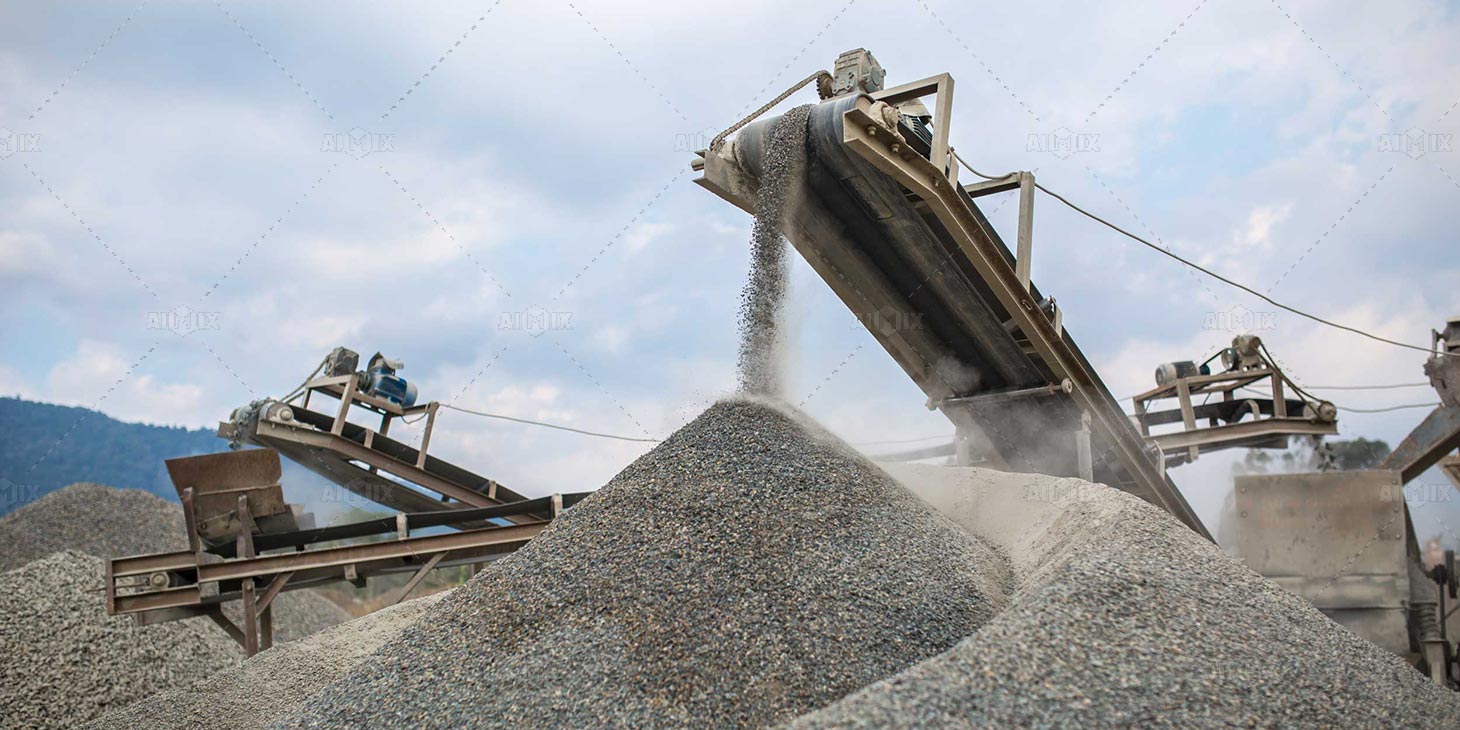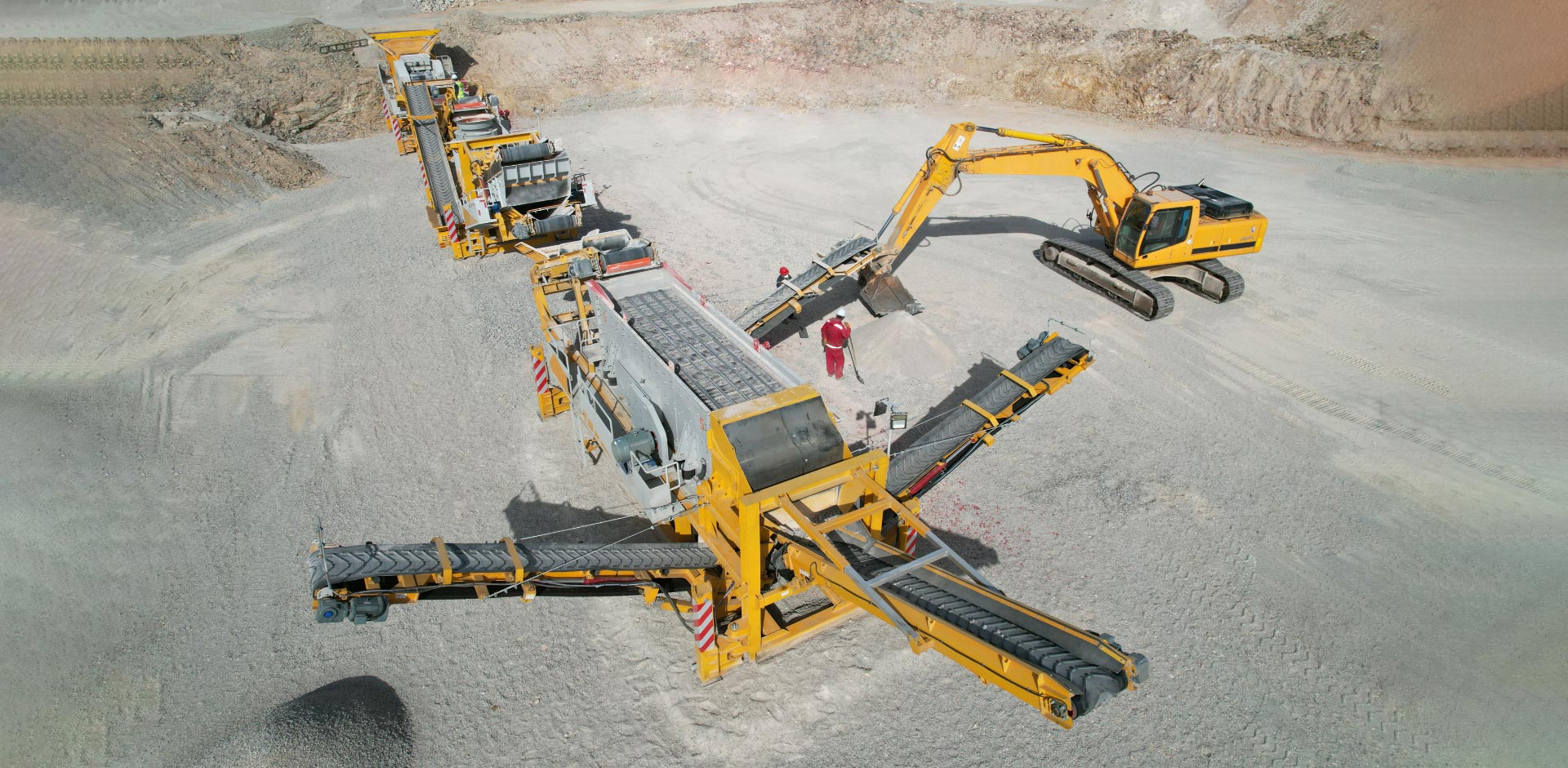Determining the size and capacity of crush equipment for a quarry operation is a critical aspect of planning and executing a successful project. Without the right equipment, a quarry may struggle to meet production targets and maintain efficiency. In this article, we will explore the key considerations involved in determining the size and capacity of crush equipment needed for a quarry operation.
Assessing Quarry Requirements
Evaluating Production Goals
Understanding the production goals of the quarry is essential in determining the size and capacity of crushing plant equipment needed. Factors such as desired output volume, production schedule, and market demand all play a role in this assessment. By analyzing these goals, quarry operators can make informed decisions about the type and size of equipment required to meet their targets.
Examining Geological Conditions
Geological conditions, such as the hardness and density of the rock, will influence the type of crush equipment needed. Harder rocks may require more robust crushers with higher crushing capacities, while softer rocks may be adequately processed with smaller equipment. Conducting a thorough geological survey of the quarry site is crucial in assessing these conditions accurately.

Selecting Appropriate Crushing Equipment
Considering Crusher Types
There are various types of crushers available for quarry operations, each with its unique characteristics and capabilities. Jaw crushers, cone crushers, mobile impact crushers, and gyratory crushers are among the most common options. The choice of crusher type depends on factors such as the size and hardness of the material to be crushed, desired output size, and operational preferences.
Calculating Crushing Capacities
Once the appropriate crusher type is selected, determining the crushing capacity required is the next step. This involves calculating the maximum throughput the equipment needs to achieve to meet production goals. Factors such as feed size, material hardness, and desired output size will influence these calculations. It is essential to ensure that the selected equipment can handle the anticipated workload without causing bottlenecks or excessive wear.

Implementing Equipment Sizing Strategies
Conducting Equipment Trials
Before making a final decision on crush equipment sizing, it is beneficial to conduct equipment trials or simulations. This allows quarry operators to assess the performance of different equipment configurations under real-world conditions. By observing how various quarry crushers perform with different materials and operating parameters, operators can make more informed decisions about equipment sizing and selection.
Accounting for Future Expansion
When determining the size and capacity of crush equipment, it is essential to consider future expansion plans for the quarry operation. Choosing equipment with sufficient capacity to accommodate future growth ensures that the operation remains scalable and adaptable to changing market demands. Investing in equipment with built-in scalability can help minimize the need for costly upgrades or replacements down the line.
By carefully assessing quarry requirements, selecting appropriate crushing equipment, and implementing effective sizing strategies, quarry operators can ensure that their operations are equipped to meet production goals efficiently and sustainably. Investing time and resources into proper equipment sizing upfront can ultimately lead to long-term success and profitability in the quarrying industry. Choose best equipment from AIMIX’s website: https://aimixglobal.com/.
